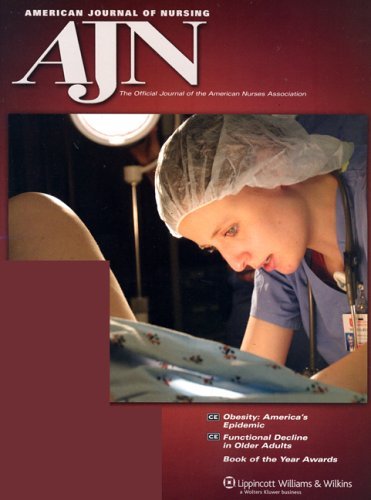

Keep your initial search simple--save limits (such as date ranges, scholarly, English-language only, etc.) until you see the initial results list.
Look for common database tools (suggested subject headings, abstracts, citation help, emailing and save options) on the edges of the page, often in a color bar above the search boxes or in a separate frame on the right or left of your results list.
Free full-text archive of biomedical and life sciences journal literature at the U.S. National Institutes of Health's National Library of Medicine (NIH/NLM)
PubMed Central offers very sophisticated searching options, but these can be intimidating to new users. The help manual is a 38-page PDF.
Six-page PDF steps the reader through the common parts of any scientific study with follow-up questions to guide understanding. Find a scholarly/peer reviewed article in your subject area of interest and follow along .
Here's what to look for:
| CRITERIA | POPULAR MAGAZINE | TRADE JOURNAL | SCHOLARLY JOURNAL |
|
|
|
||
| Content | Secondary discussion of someone else's research; may include personal narrative or opinion; general information, purpose is to entertain or inform. | Current news, trends and products in a specific industry; practical information for professionals working in the field or industry. | In-depth, primary account of original findings written by the researcher(s); very specific information, with the goal of scholarly communication. |
| Author | Author is frequently a journalist paid to write articles, may or may not have subject expertise. | Author is usually a professional in the field, sometimes a journalist with subject expertise. | Author's credentials are provided; usually a scholar or specialist with subject expertise. |
| Audience | General public; the interested non-specialist. | Professionals in the field; the interested non-specialist. | Scholars, researchers, and students. |
| Language | Vocabulary in general usage; easily understandable to most readers. | Specialized terminology or jargon of the field, but not as technical as a scholarly journal. | Specialized terminology or jargon of the field; requires expertise in subject area. |
| Graphics | Graphs, charts and tables; lots of glossy advertisements and photographs. | Photographs; some graphics and charts; advertisements targeted to professionals in the field. | Graphs, charts, and tables; very few advertisements and photographs. |
| Layout & Organization | Informal; may include non-standard formatting. May not present supporting evidence or a conclusion. | Informal; articles organized like a journal or a newsletter. Evidence drawn from personal experience or common knowledge. | Structured; includes the article abstract, goals and objectives, methodology, results (evidence), discussion, conclusion, and bibliography. |
| Accountability | Articles are evaluated by editorial staff, not experts in the field; edited for format and style. | Articles are evaluated by editorial staff who may be experts in the field, not peer-reviewed*; edited for format and style. | Articles are evaluated by peer-reviewers* or referees who are experts in the field; edited for content, format, and style. |
| References | Rare. Little, if any, information about source materials is given. | Occasional brief bibliographies, but not required. | Required. Quotes and facts are verifiable. |
| Paging | Each issue begins with page 1. | Each issue generally begins with page 1. | Page numbers are generally consecutive throughout the volume. |


First-time OVID searcher? You may want to view this 3-minute video.

SCIENTIFIC PAPERS ARE WRITTEN TO
SCIENTIFIC PAPERS ARE READ TO
Chat service is available from Monday at 8am until Friday at 5pm
Saturdays & Sundays 8am - Midnight
No chat service on holidays.